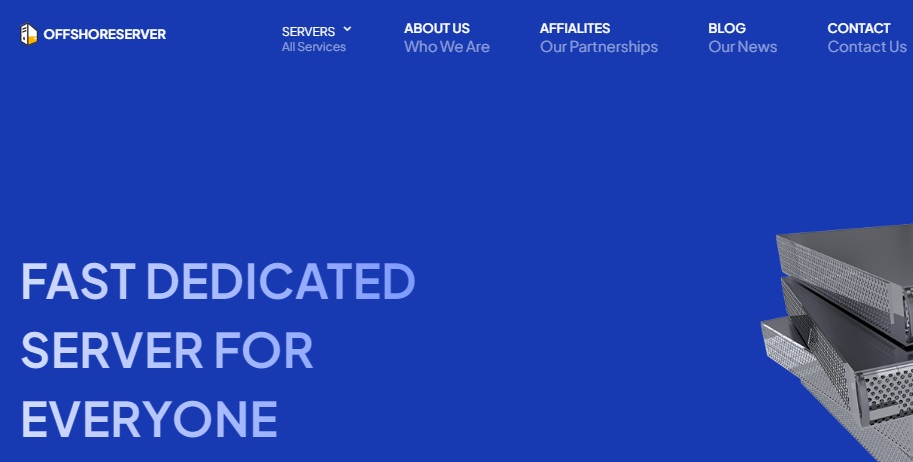Streaming Servers
Streaming servers are used to deliver multimedia content, such as video and audio, to remote devices. Streaming server are typically located in data centers that are close to the users who are accessing the content. This helps to reduce latency and improve the quality of the streaming experience.
Streaming servers are often used by media companies to deliver their content to online viewers. They are also used by businesses to deliver training videos and other multimedia content to their employees and customers.
Benefits of Streaming Servers
The benefits of streaming servers include:
- Reduced latency
- Improved quality
- Scalability
Drawbacks of Streaming Servers
The drawbacks of streaming servers include:
- Increased cost
- Increased complexity
Comparison of Offshore Servers and Streaming Servers
Offshore server and streaming servers have different uses and benefits. Offshore servers are typically used for businesses that want to improve their security, privacy, or performance. Streaming servers are typically used to deliver multimedia content to remote devices.
Conclusion
Offshore servers and streaming servers are both valuable tools that can be used to improve the performance and security of online applications. The best type of server for a particular application will depend on the specific needs of the business or organization. Streaming servers are often used by media companies to deliver their content to online viewers. They are also used by businesses to deliver training videos and other multimedia content to their employees and customers.


